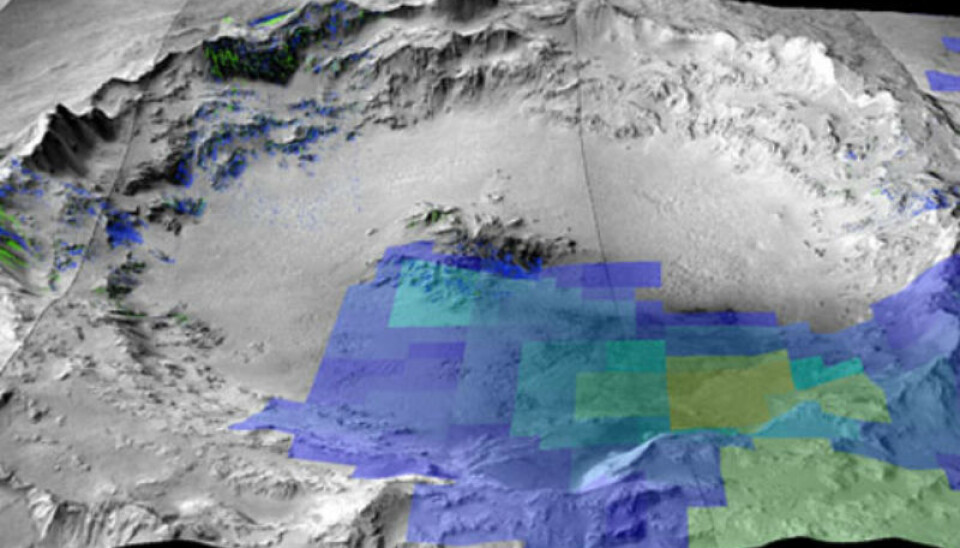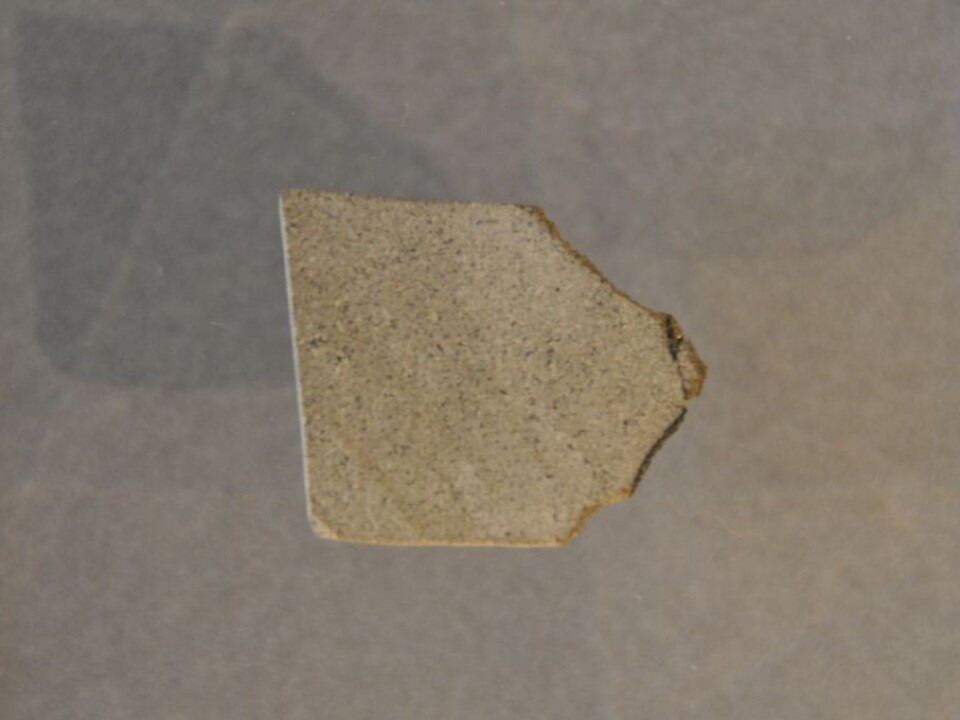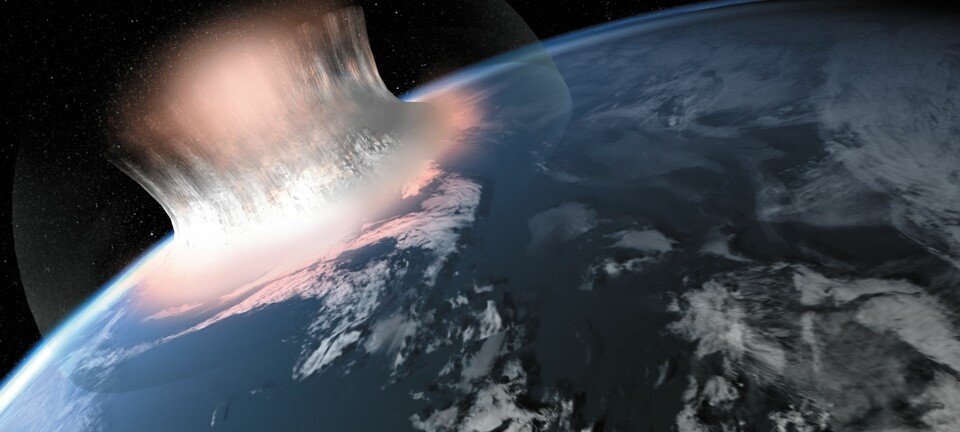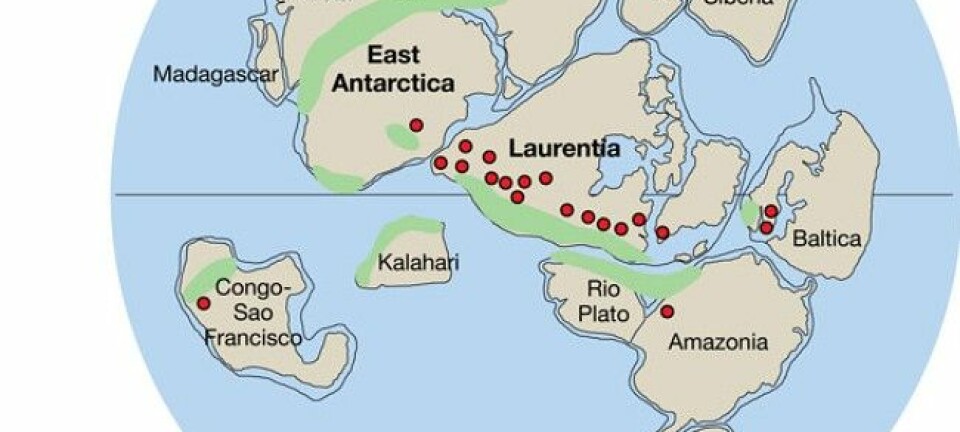An article from University of Oslo

Martian meteorites are over 4 billion years old
A lengthy debate is thus concluded, the scientists claim.
Meteorites are constantly falling down onto the Earth. But we have little knowledge about where they come from or of their age.
Meteorites from Mars has been known since the 1980s. The largest group of Martian meteorites are called shergottites.
Researcher Stephanie Werner at the University of Oslo and her team at Centre for Earth Evolution and Dynamics (CEED), have managed to find where on Mars many of the meteorites originated from - and determined thow old they are.
Struck by giant stone
The source area on Mars was probably struck around 3 million years ago by a stony body with a diameter of 5.5 km. Rock fragments which were torn from Mars at that time ended their flight through space when they landed on the Earth’s surface a few thousand years ago, she says.

There has been considerable uncertainty as to the age of the shergottites. Some have supposed that they are younger than 600 million years, others have argued that they are older than 4.1 billion years.
Ancient meteorites
Because the source crater is Mojave (7.7 N, 33.0 W), the mineralogy and age of the meteorites be placed in a Martian geological context.
“A lengthy debate is thus concluded. We can confirm that the shergottites are more than 4.1 billion years old,” says Werner.
The geological evolution of other planets is difficult to study since fieldwork is not possible there.
But meteorites that originated from other planets and have fallen down to Earth, can be analysed in the laboratory and give us unique information.
“We can determine the age and mineralogy. Other detailed laboratory analysis tells us about planetary volcanic and petrological development. These analyses can not provide information about the location or crater where meteorites originated on the parent planet,” says Werner.
The density of cratering is crucial
The only method to date the geological evolution of stone-like planets, is to determine the crater density on the planet surface. The higher the crater density, the older the surface. To calibrate the crater densities to absolute ages is a demanding process.
“But based on dated lunar samples, which were brought back to Earth during the Apollo program, one can create a model in which the crater frequency can be related to absolute ages,” Werner says.
15 meteorite falls in Norway
Shergottites are named after the city Shergotty in India where a meteorite fall was observed 25 August, 1865.
Other Martian meteorite classes are named after the Nakhla area in Egypt (nakhlites) and the city of Chassigny in France (chassignites).
A shergottite fragment called "Zagami" can be studied in the meteorite collection at the Natural History Museum in Oslo, while the total collection consists of about 250 fragments.
Most meteorites are much older than the Martian meteorites, i.e. closer to 4.56 billion years.
”They provide important information about the formation of the solar system,” says Werner.
There are 15 known meteorite falls in Norway.
------------
Read the Norwegian version of this article at forskning.no



































